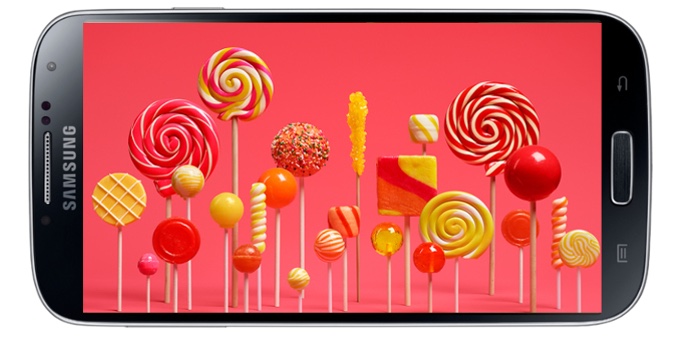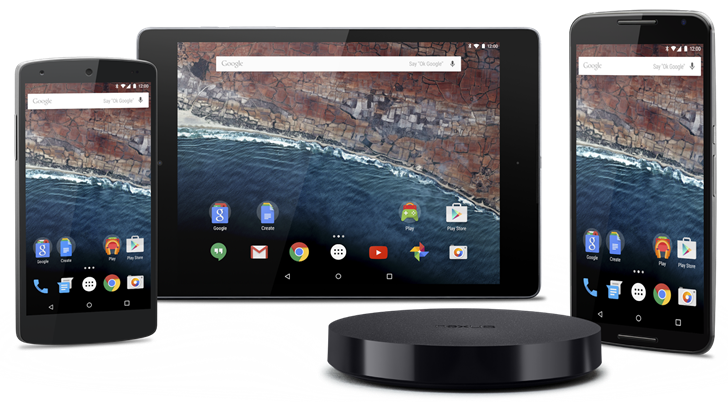
All versions of an operating system are born with some operating problems. It is something already normal, more so now that the times are less and less and the trial periods are very short. But the truth is that Android Lollipop It has become one of the most problematic developments that Google has launched to the market in a long time, which suffers in its market share.
This does not mean that Android Lollipop is an unimportant development or that it does not have positive sections. For example, the arrival of Material Design It is a very important step that will mark the operating system for several years in terms of design and way of carrying out operations. In addition, options such as being able to use more than one user profile or the way to manage animations or some sections (such as shortcuts) are very interesting and the way to go. Of this there is no doubt.
Besides, the impetus given to the manipulation of the lock screen it is very interesting, and if it is managed well in the next versions of the operating system, it is an advance that will end up being copied by another (although there is a risk of over-congesting it).
Market share does not grow much
The fact is that Android Lollipop has very good things, there is no doubt… but others that are not so good and that we will comment on now. This means that, according to what has just been known, this development does not exceed 13% of terminals that use it worldwide, so it does not grow with the adequate speed for a development that would have to be a cornerstone due to its design, for example. An example. Below we provide the percentages for the month of May:
The fact is that some users do not look favorably on using Android Lollipop, especially once the initial moment of how striking it is, which is a lot, has passed. And I am one of those who am in this case: I have used this version of Google's operating system for a good period of time and, in the end, and due to various issues, I decided to go back on my Samsung Galaxy Note 3. And The truth is that I am not an isolated case.
Fireworks
What has led me to make this decision are two factors: the first is that the autonomy that is achieved with Android Lollipop is not good. It does not increase and, in some cases, it is reduced compared to what was of the game in KitKat (which, by the way, is still the most widely used development). Although in certain cases this is acceptable, over time it has become an important handicap. That is to say, Project Volta does not work well.
In addition, RAM memory management is not exactly adequate. It seems that with Android 5.1 this is partially solved. But not completely. Thus, the consumption of this is abused and leaves very little free, which affects work in multitasking conditions and, by extension, performance in general. And, remember, that we are talking about Android Lollipop using the ART virtual machine, so better experiences should be achieved in this section, but this is not the case and what is earned does not compensate much.
With what has been said, it is more or less clear that Android Lollipop has not been the necessary evolutionary leap in the "meat" of the operating system, although it has meant an improvement in the outer layer in terms of design and ways of working: therefore, and seeing that changing options such as autonomy or RAM management it is something very complex, what Google has done is to announce Android M, which is supposed to be much better in these sections and will offer important news.


